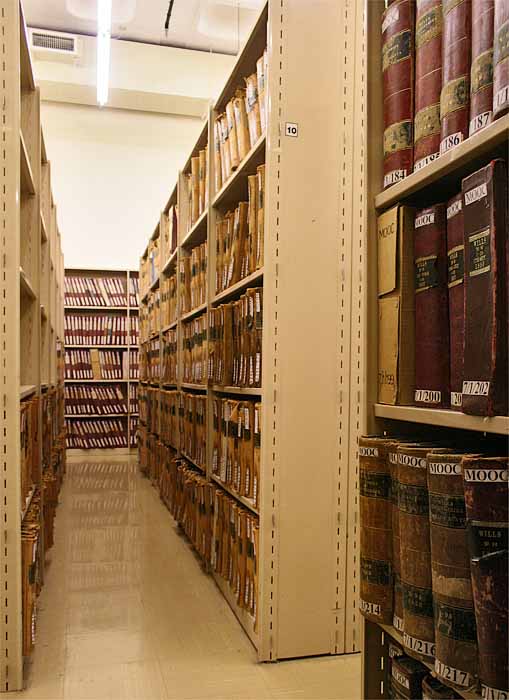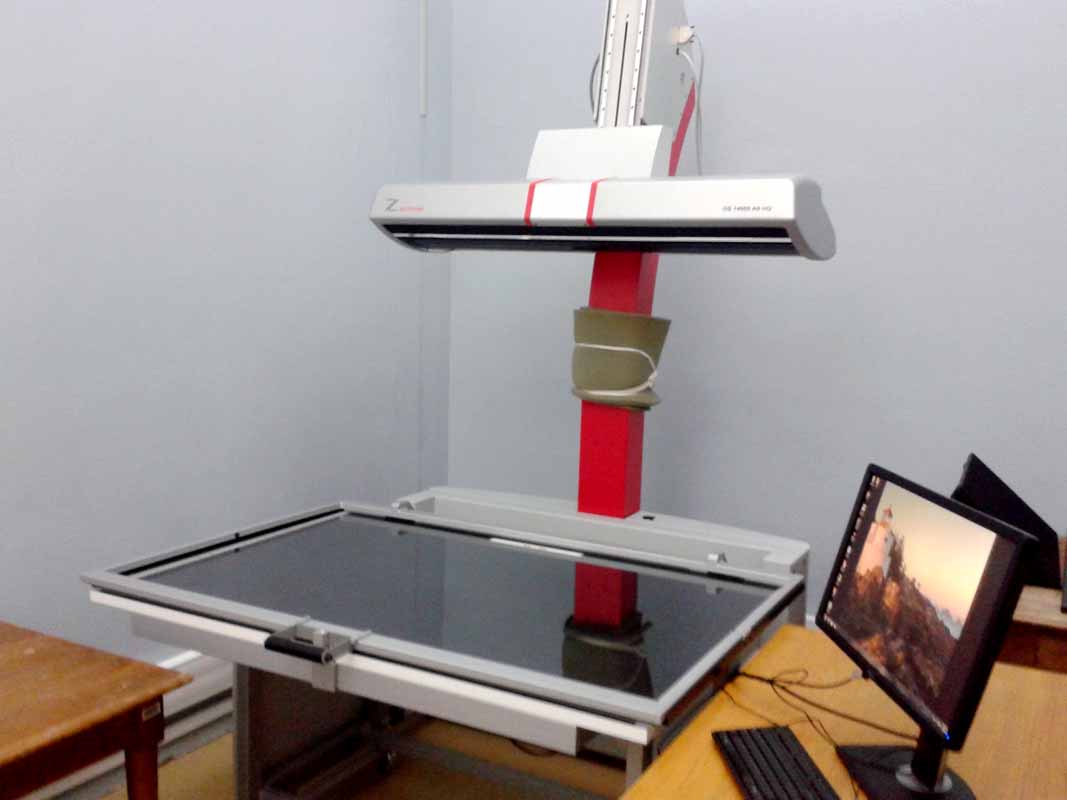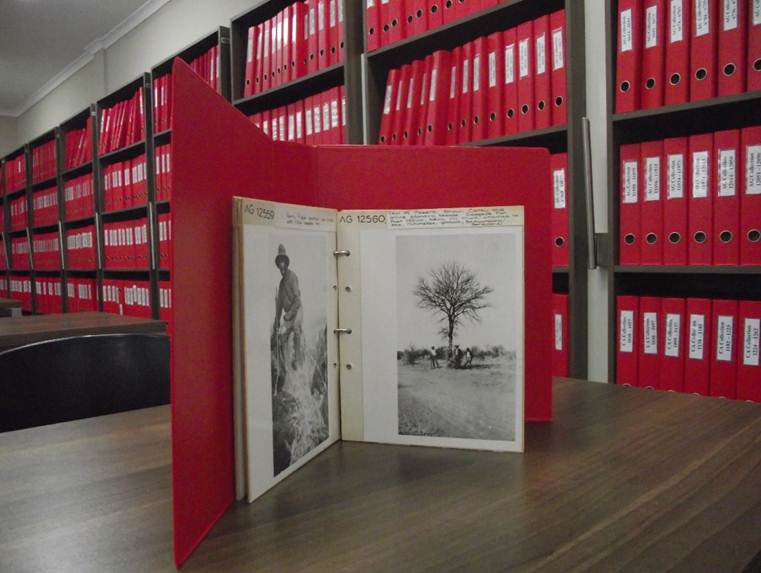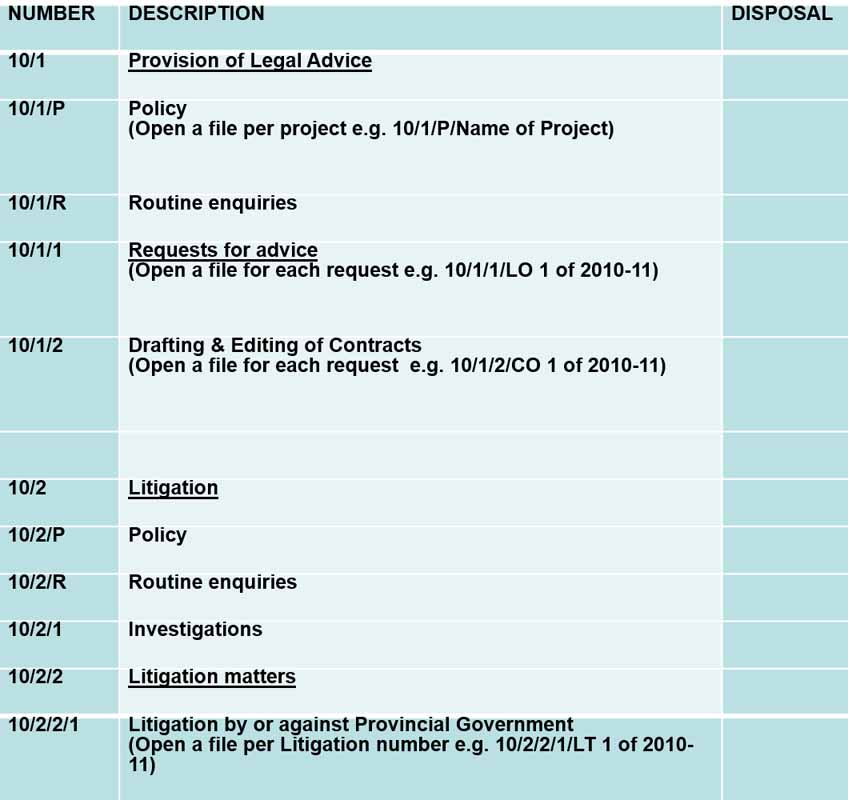Archival terms and definitions
Archival terminology is a flexible group of common words that have acquired specialised meanings for archivists and provides a useful and necessary means of specialised communication within the archival profession. Since researchers communicate with archivists it will be to their benefit to familiarise themselves with the basic terms to facilitate their research experience. Listed below is a few of the most frequently used archival terms and their definitions:

Acquisition: The act of obtaining records for the archives, through donations, deposits, transfers, loans, or purchase.
Appraisal: The process of determining the eventual disposal of records and the decision regarding the preservation requirements of each document or series of documents.
Archival group: Also known as record group. A body of organisationally related records created or collected by the same individual or body as part of its functions and activities. A group of records that share the same origin.
Archival value: Those values, administrative, fiscal, legal, evidential and/or informational, which justify the indefinite or permanent retention of records
Archives: Records in the custody of an archives repository.
Archives repository: A building in which records with archival value are permanently preserved.
Archivist: Person responsible for caring for historical materials of enduring value in the archives, including acquisition, appraisal, accessioning, arrangement, description, preservation, conservation, reference services, and public relations activities.
Arrangement: The organisation of archival materials according to accepted archival principles and practices.
Closed period: Most archival records are available for public consultation 20 years after the end of the year in which they were created. The records younger than 20 years fall in the closed period. The closed period is applied to ensure the availability of the archival records for continued administrative use if necessary and/or to protect their potential confidentiality.
Conservation treatment and repair: A series of interventions intended to improve or maintain a record’s physical and/or chemical stability, appearance or accessibility. These are usually physical actions that are performed on a record once damage has occurred, or in anticipation of damage or obsolescence.
Copy, facsimile or surrogate: A duplicate of an original record in, either, whole or in part. Copies are used as surrogates to preserve original records, while providing access to the information contained in the record. Use of copies as surrogates removes the stress associated with handling of fragile original records, and has been a recognised preservation strategy for archives worldwide.
Correspondence system: A set of paper-based and electronic communications and associated documents, sent, received, generated, processed and stored during the conduct of business.
Description: The act of establishing intellectual control over records by identifying their contents, structure, functions, important subjects, and historical significance. The information is then recorded in a standardised form, for example, in finding aids.

Digitisation: The conversion of information in analogue form (that is, documents on paper, photographs, paintings, objects) into digital form.
Electronic records: Information which is generated electronically and stored by means of computer technology. Electronic records can consist of an electronic correspondence system and electronic record systems other than the correspondence system.
Fair dealing or fair use: The limited copying and use of a work for educational purposes or private study. It allows for the copying/reproduction of a limited portion (no more than one third of the total work) for non-commercial purposes. Copyright is not be infringed upon, if the copying or reproduction falls within the limits of fair use. Fair use also extends to the copying and reproduction of records for in-house uses, for example, creating low resolution thumbnail images to display images of records on the internet. Fair use also extends to the use of copies/reproductions for the purposes of promoting the use of the institution’s collection.

File: An organised arrangement of records on the same subject accumulated in chronological order within the same cover/folder/container. OR The physical action of allocating file reference numbers to records and placing them inside the cover/folder/container.

File plan: A pre-determined logical and systematic structure into which records are arranged and intellectually stored according to subject groups and subjects to facilitate efficient retrieval and disposal. The file plan is used for both current paper-based and current electronic correspondence systems. It usually contains the reference number, title, description and disposal authority of files held in an office.
File reference: A unique identifier for a file. This can be a numerical, alphanumerical or alphabetical identifier. It is used to link a record to its specific subject file and subject grouping.
Finding aids: Descriptive tools containing information that provides a context, content, scope and significance for records, explains their arrangement, and facilitates their retrieval. Examples are guides, inventories, card catalogues and indexes in printed or electronic form.
Inventory: A listing of materials with descriptive details usually arranged systematically. Inventories may take a number of formats such as electronic, sheet, book, card or microform. Sometimes referred to as a catalogue. It is also a finding aid that describes the organisation and activities of the body that created the records and the physical extent, chronological scope, and subject content of the records. In addition, an inventory may include lists of box or file titles or other descriptive information.
Item: A unit that can be distinguished from a group and that is complete in itself - the smallest archival unit. An item may consist of several physically discrete pieces (e.g. pages of a letter or photograph prints in an album or report or reel of film), but is treated as an item because of its content.
Non-archival records: Records of a short-lived interest or usefulness; also known as ephemeral records.
Non-Public Record: Recorded information, regardless of the form or medium thereof, created or received by a private individual or a body other than a body defined as a governmental body. Records donated to the archives by members of the public and non-governmental organisations or institutions.
Preservation: Measures aim to prevent, retard or halt deterioration of archival records. Measures include: maintaining clean and safe storage conditions; ensuring that pests and other threats to the collections are mitigated for; that correct handling of records is adhered to; that the building fabric is kept in a sound state of repair; that the use of appropriate protective enclosures for fragile records occurs, etc.
Processing: The work involved in arranging records to make them available for use, including sorting, packing, labelling, and shelving.
Public record: A record created or received by a governmental body in pursuance of its activities, regardless of form or medium.
Record: Recorded information regardless of form or medium. OR Evidence of a transaction, preserved for the evidential information it contains.
Records other than correspondence systems: Records that do not form part of a correspondence file, or a case file e.g. registers, maps, plans, electronic records, audio-visual records, etc.
Transfer: The action to move the valuable records to the archives repository. Administrative and physical movement of records from one place or government body to another, usually from the creating body to the archives repository.
Vital/essential records: Records that protect the enduring civil, legal, financial, property and other rights of the citizens of a country; records that are needed to continue operational responsibilities under disaster conditions; records that protect the legal and financial rights of the Government.
- Hits: 20327